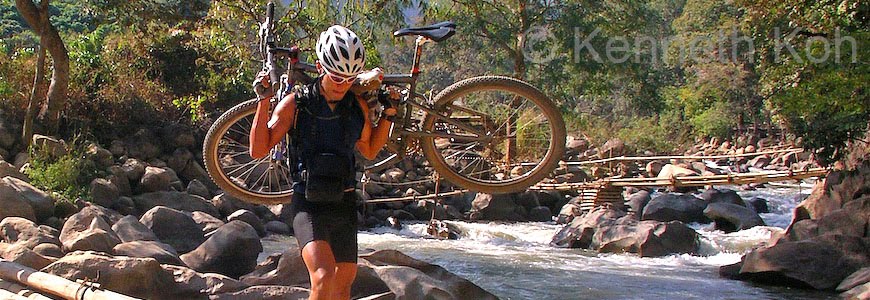 The Sea & Sea 1G comes with the DX-1G underwater housing. It’s a 10 MP compact camera with a 24-72mm (35mm equiv), relatively fast f2.5-4.4 lens. It’s decently built and pretty rugged, has image stabilization, great controls and a good lens with the widest coverage of any compact camera. It’s the same camera as the Ricoh GX100 with different firmware.
The Sea & Sea 1G comes with the DX-1G underwater housing. It’s a 10 MP compact camera with a 24-72mm (35mm equiv), relatively fast f2.5-4.4 lens. It’s decently built and pretty rugged, has image stabilization, great controls and a good lens with the widest coverage of any compact camera. It’s the same camera as the Ricoh GX100 with different firmware.The handling and ergonomics are top-notch. The rubberized grip gives it a really solid feel and it has 2 control dials, which allow proper manual exposure control. There is the usual 2-stop under/over exposure value indicator, and the LCD gains up or down to show relative exposure in Manual Mode.
 The meter is a little too sensitive and with high contrast scenes, I can get blown out highlights and sensor blooming is a possibility. I normally set the meter to underexpose by -2/3 EV and that seems to help.
The meter is a little too sensitive and with high contrast scenes, I can get blown out highlights and sensor blooming is a possibility. I normally set the meter to underexpose by -2/3 EV and that seems to help. Despite the 5.5-second time between RAW shots, I usually shoot RAW with this camera. Shooting RAW allows more leeway with manipulating exposure in post-processing. If I shoot JPEG, I set the Contrast all the way down to -2, Sharpness to -1 and Color Depth (Saturation) to 0.
Shutter lag is quick for a compact, but is still a problem for capturing that critical moment.
At the end of the day, it comes down to image quality. Here the GX100 is let down by the bad manners of its small sensor. I get good results using ISO 100, so I pretty much leave it there. At ISO 400, there’s just too much noise for the image to be useable.
What sets this camera apart from other compacts is its 24mm lens. You can go even wider with a 19mm conversion lens, but that adds to the bulk and portability of the camera. If you don’t need wide, you might also want to consider Canon’s G9, the shockproof, waterproof Olympus 790 SW, or the yet-to-be released Sigma DP1 with an APS sized sensor.
Despite its limitations, it’s a great adventure camera. I can put it in a Lowepro D-Pods 30
The underwater housing is not available separately, so if you think you might need one, you'll have to buy the camera and the housing together as the Sea & Sea DX-1G Compact Digital 10.0 MP Camera and Underwater Housing Set
Photos:
Top: Underwatermelon, Sea&Sea 1G with DX-1G underwater housing;
middle: Making Tracks,
Bottom: Kids Ride For Free, panning with the Sea&Sea 1G.






























